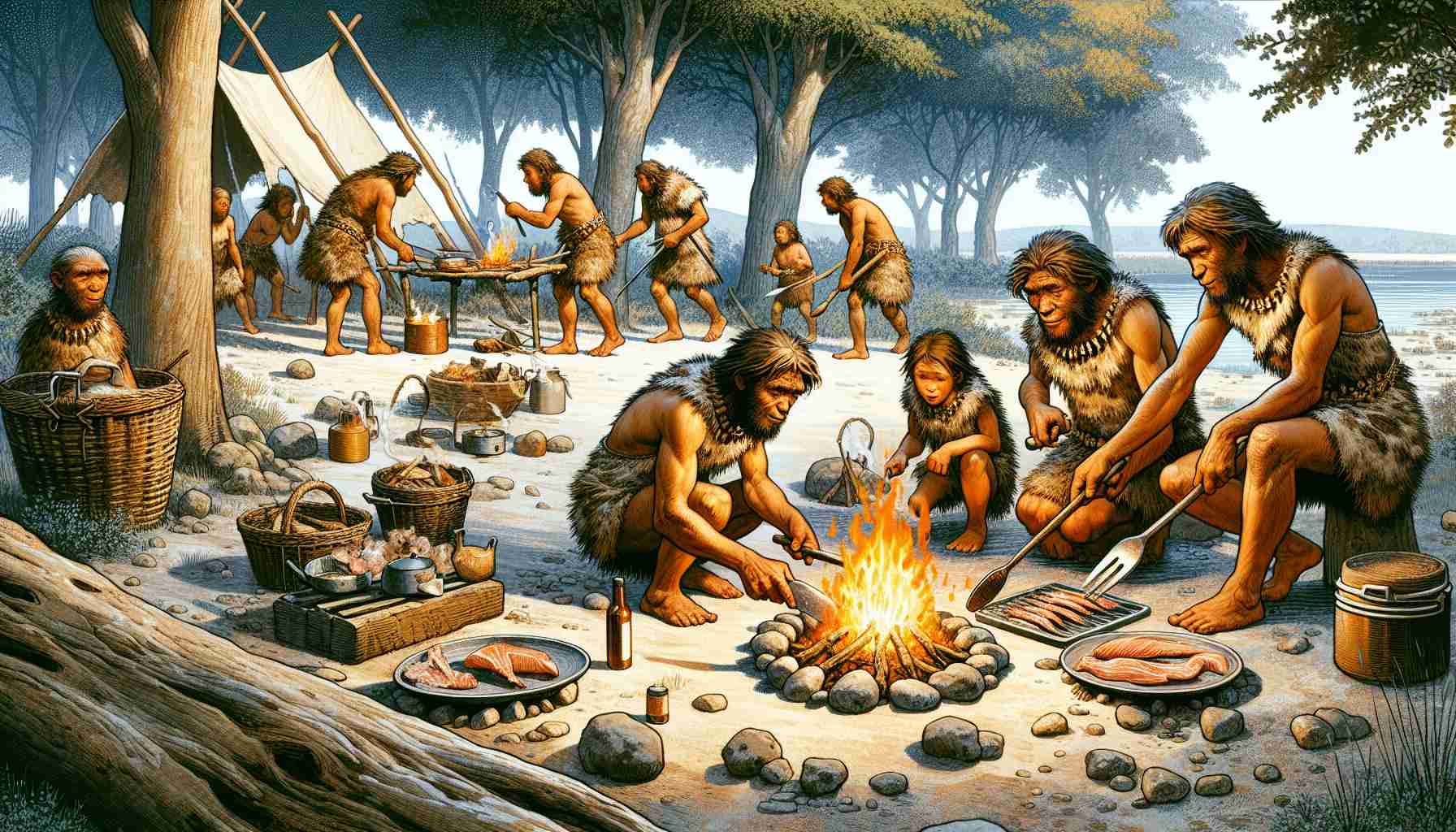
Researchers dive into the culinary world of Neanderthals, focusing on their cooking methods beyond large game hunting. Using flint flakes, they experimented with preparing small fowls, revealing surprising efficiency in butchering. The study emphasizes that roasting the birds leads to bone damage, limiting preservation possibilities in archaeological findings.
Neanderthals, renowned for their prowess in hunting bears and carnivores, had a diverse diet that included smaller game like birds. While findings suggest that these avian resources were vital for survival, they have historically received less attention than large game hunting. Therefore, scientists aim to enhance archaeological analysis by studying the marks left on the bones of butchered birds.
Engaging in hands-on experiments, researchers worked with bird specimens representing species present in the Neanderthals’ habitat. By de-feathering and butchering the birds using replica flint flakes, they recreated ancient techniques to better understand Neanderthal practices. Through microscopic examinations, they identified characteristic cut marks, breaks, and burns on the bones, along with wear patterns on the flint flakes.
Delving Deeper into Neanderthal Culinary Techniques Reveals Intriguing Insights
In the ongoing exploration of Neanderthal culinary practices, researchers have uncovered fascinating details regarding the cooking methods employed for small game beyond the realm of large mammals. While the previous article touched upon the efficiency displayed in butchering small fowls using flint flakes, a deeper analysis has unveiled additional noteworthy findings that shed light on the culinary ingenuity of our ancient human relatives.
What were the key questions guiding this research, and what answers have emerged?
One pivotal question that drove this study was how Neanderthals adapted their cooking techniques when dealing with smaller prey such as birds. By dissecting and examining the remains of these avian species, researchers aimed to decipher the specific butchering methods employed by Neanderthals and the implications these techniques had on their culinary practices.
Through meticulous analysis, researchers have discovered that while roasting small birds was a common practice among Neanderthals, this method often resulted in bone damage that could potentially hinder the preservation of archaeological evidence. By understanding these nuances, scientists can now piece together a more comprehensive picture of how Neanderthals utilized different cooking methods based on the game they hunted.
What are the key challenges or controversies associated with this topic?
One significant challenge in deciphering Neanderthal cooking techniques lies in extrapolating meaningful insights from fragmented archaeological remains. The delicate nature of bird bones and the impact of various cooking methods on their preservation present a hurdle in accurately reconstructing the culinary practices of our ancient ancestors. Moreover, interpreting cut marks, breaks, and burns on these bones requires a nuanced approach to differentiate between natural processes and intentional human actions.
Another point of contention revolves around the interpretation of wear patterns on flint flakes used in butchering. While these tools offer valuable clues about the tools Neanderthals employed, controversies exist regarding the exact techniques used and the skill level required to achieve specific butchering results.
Advantages and Disadvantages:
One of the primary advantages of delving into Neanderthal cooking techniques through small game is the opportunity to gain a more holistic understanding of their dietary habits and culinary evolution. By examining a wider range of prey, researchers can paint a more detailed picture of how Neanderthals adapted their cooking methods to different types of game, showcasing their resourcefulness and adaptability in prehistoric environments.
On the flip side, the fragility of avian remains and the nuanced nature of interpreting cut marks and wear patterns pose challenges that can complicate the analysis process. Deciphering the intricacies of Neanderthal cooking practices requires a multifaceted approach that considers various factors such as bone preservation, tool use, and environmental influences.
For further exploration of the topic, you may visit the Archaeology.org website for additional insights into Neanderthal culture and archaeological discoveries.



